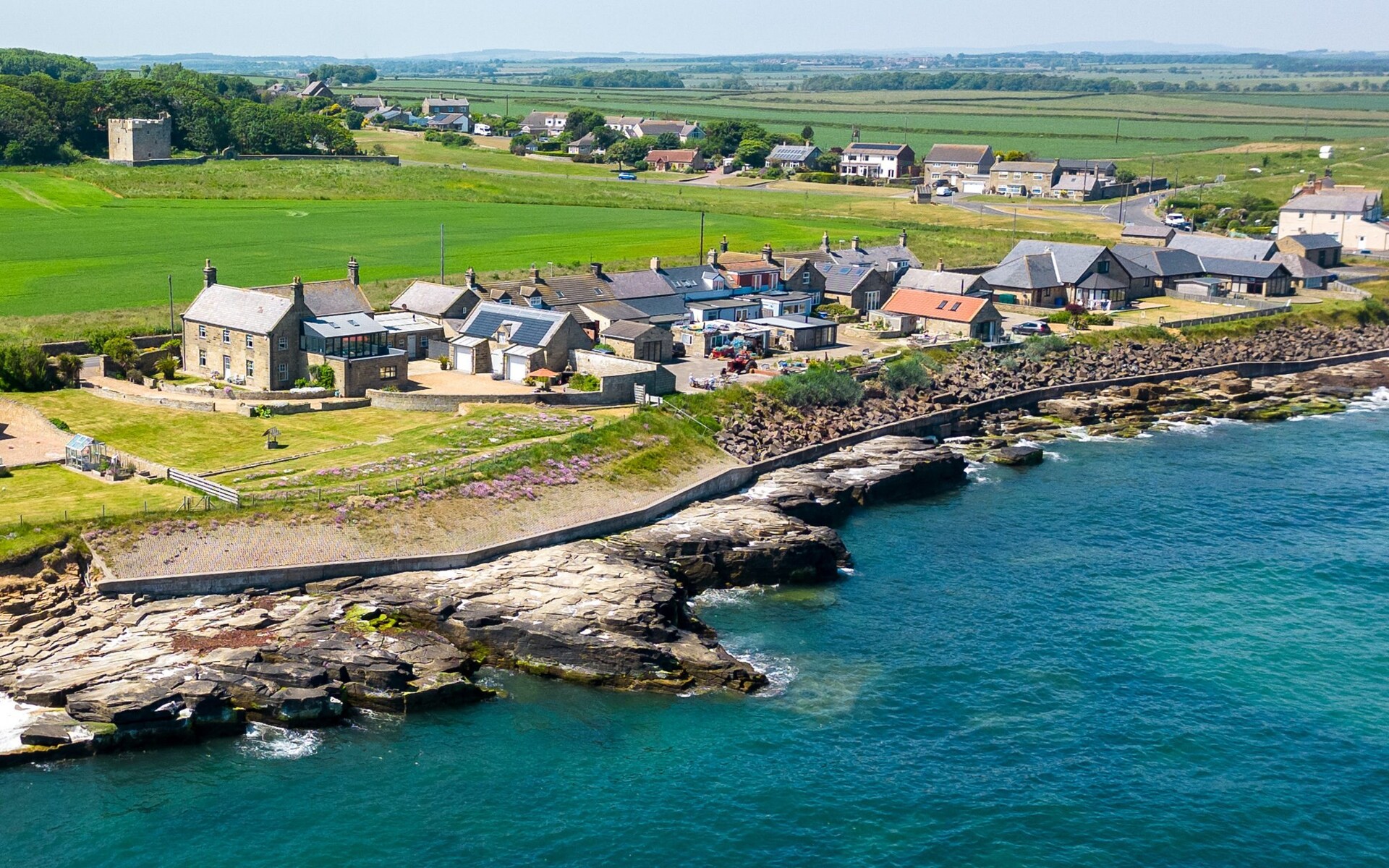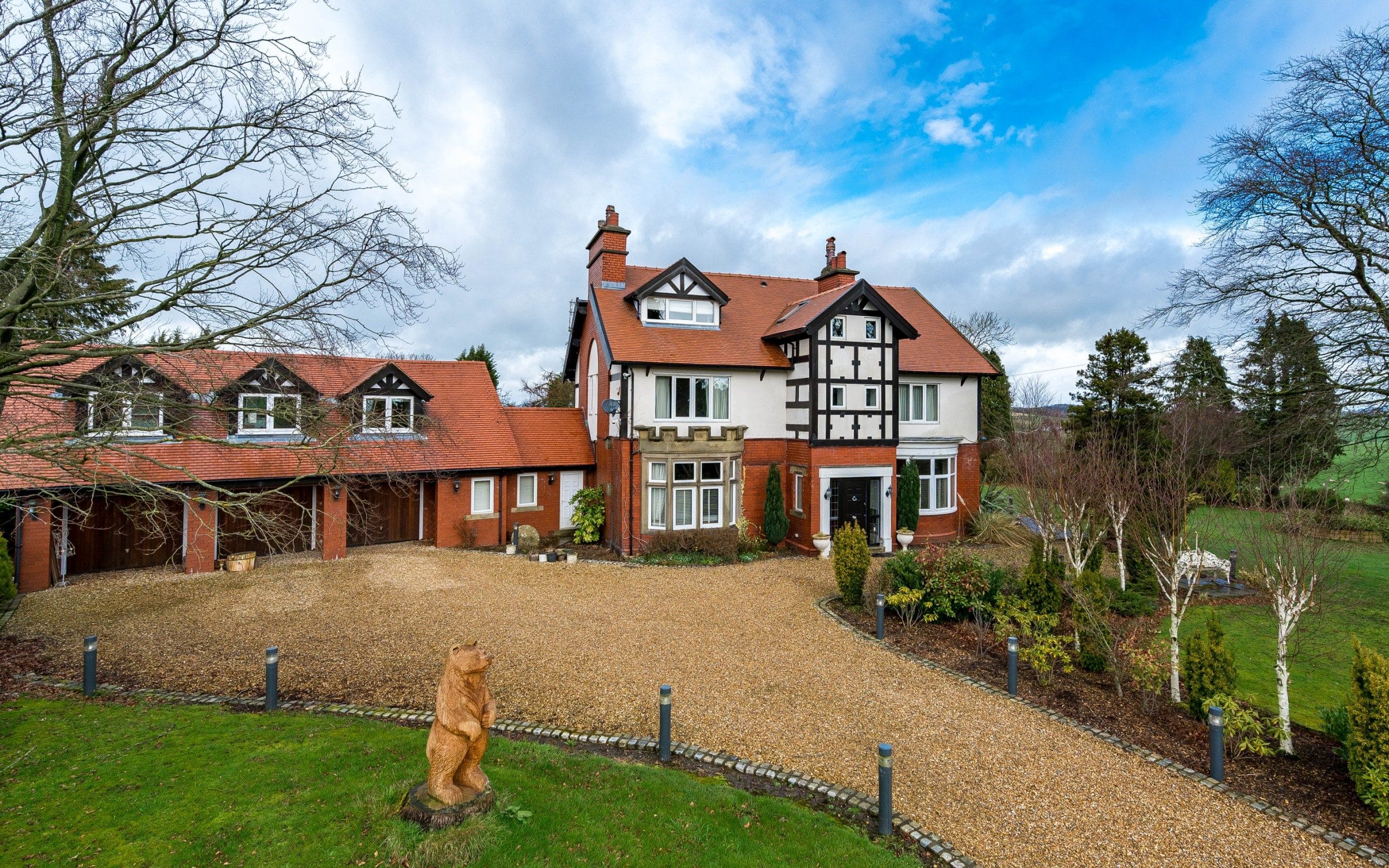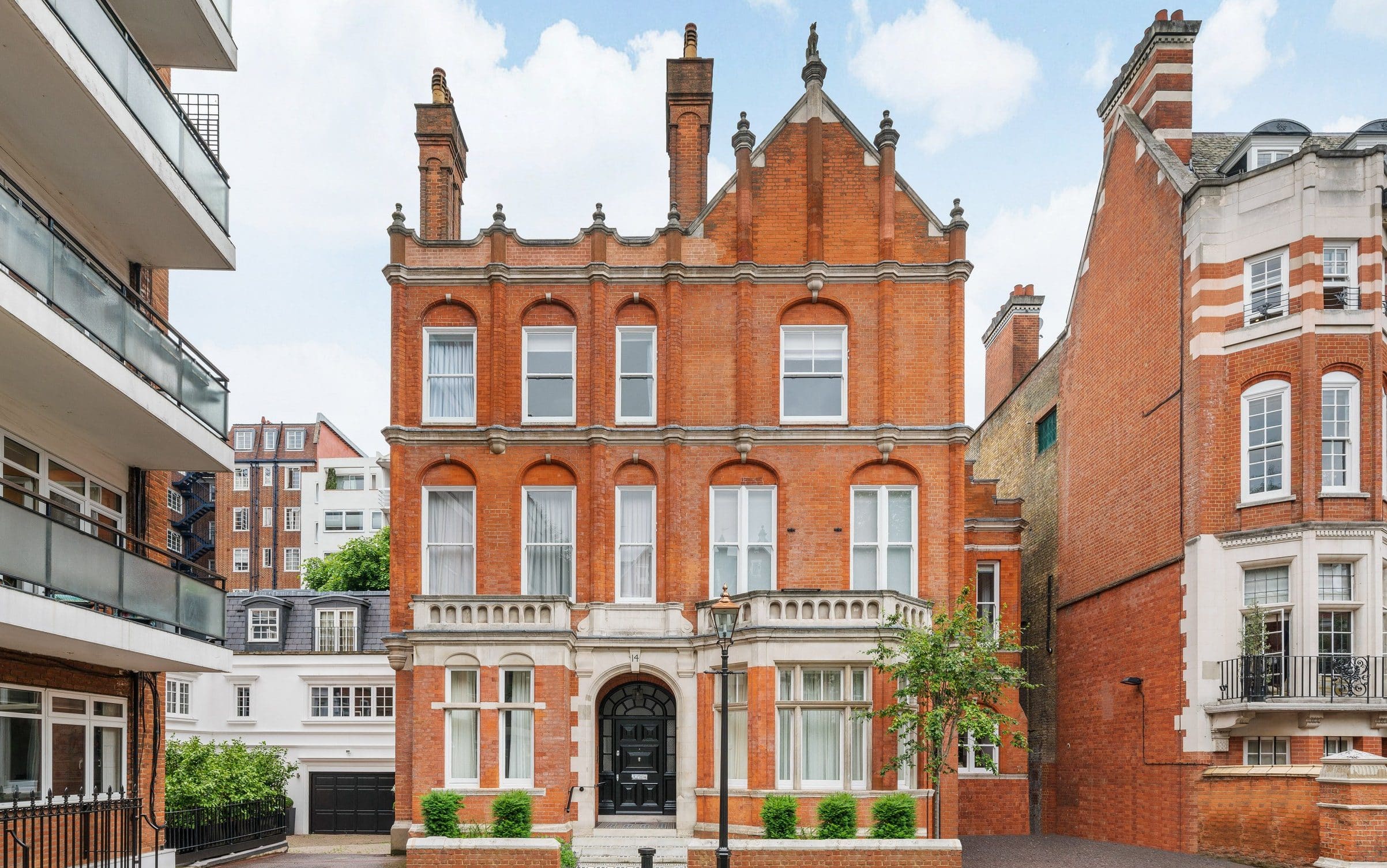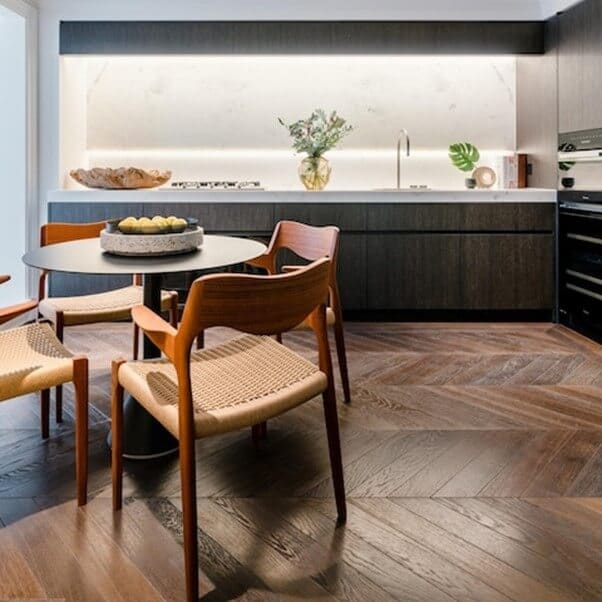Sellers stuck in denial are forced to accept the days of property price highs are over
By Alexandra Goss
Two houses were recently put on the market for £15m, one in Cornwall, the other in West Sussex. They were luxurious and sprawling, but they definitely weren’t worth that much.
“These were exceptional properties but their owners, aided and abetted by estate agents fighting for listings, had simply misread the market;’ says Philip Harvey, of the buying agency, Property Vision. His clients paid £10.5m and £9.5m respectively for them.
“We are now in a totally fragmented market, with the very best of the best remaining firm, and the overnriced and comnromised failing to sell!’
Price reductions are happening across the country. Hamptons estate agency says almost half of the properties that sold in April had been reduced, while separate data from the property portal Zoopla reveals that homes nationally are selling for an average of
£16,000 below the asking_nrice, equal to 3pc.
At the very top of the market, cuts of millions of pounds are not uncommon, such as with Harvey’s £5.5m discount.
“Asking prices are often quite out of sync with reality;’ says Adrian Anderson, of the high-end mortgage broker, Anderson Harris.
“Some owners are still expecting to get the prices they could have got during the ‘hot’ Covid market. Many sellers also don’t have to sell. So if someone comes along and pays what they want, they’ll take the offer. Otherwise, they’ll just stay put:’
Consumer confidence is shaky against a weak economic background, and affordability is stretched due to historically high mortgage rates. There is also a stark imbalance between supply and demand.
The property portal Rightmove says the number of homes for sale is the highest in a decade, while figures from Knight Frank estate agency show that its new UK sales instructions are currently about a fifth higher than the five-year average (excluding 2020), while the number of new prospective buyers is a fifth lower.
“Buyers are able to take their time at the moment because they have so much to choose from;’ said Andrew Groocock, of Knight Frank.
London squeeze
The most expensive region for housing is also recording more reductions.
In research for The Telegraph, Zoopla has looked at the areas with the highest percentage of homes for sale that have been reduced by at least 5pc in the past three months and found that central London’s WC postcode tops the table, with 18.6pc of properties on the market there seeing a price cut. The SW, EC, SE and W postcodes in the capital also feature in the top 10.
Discounts are biggest on the priciest homes. Of the homes in central London valued at between £Im and £10m that sold in the first three months of the year, 82pc went for less than the asking price, according to separate data from Coutts.
The bank adds that the level of discounting has reached a five-year high, with an average reduction of 9.3pc across Prime London in the first quarter of 2025, rising to 15pc in Mayfair and St James’s.
Tom Kain, of the buying agency Black Brick, says: “We have not paid full price for a property for a while. After a long period of denial, vendors have finally accepted that their properties are no longer worth what they might have sold for at the height of the pandemic:’
London houses that need updating are recording some of the biggest discounts, says Lulu Egerton, of Strutt & Parker estate agency in Chelsea. She is selling a pretty three-bedroom house on Pavilion Road that was put on sale almost a year ago with another agent at £6.95m. Egerton is now marketing it at £4.55m, a reduction of more than a third.
“This house was remodelled 10 years ago and now, because the costs and time taken for a refurbishment have spiralled, buyers would rather pay more for something that’s done up;’ Egerton says. “Unlike flats, where buyers come and go more frequently, people purchase houses for the longer term. This means properties often come to the market in a less good condition:’
Egerton adds that there is no shortage of people who want to live centrally in London.
“However, they’re saying that it’s less about buying the cheap thing than the right thing;’ she explains. “Some properties we are showing [to prospective buyers] 80, 90 or even 100 times:’
There’s a glut of flats currently for sale in expensive areas such as Chelsea, South Kensington and Notting Hill, according to Sara Ransom, of Stacks Property Search.
“There is a huge amount of property being offloaded by investors. It makes very little sense to be a private landlord in a climate where the responsibilities are becoming more onerous, maintenance costs are rising, and it’s hard to see any capital growth in the near future;’ she says.
“Non-doms are wanting to get their money out of the country too:’
Southern discomfort
Price cuts are most prevalent across southern England. Property data company, TwentyCi, says 4lpc of listings in the South East have undergone at least one price reduction, higher than the 37pc average for the UK.
According to Zoopla’s analysis, the BN postcode, covering Brighton and Hove, has recorded the second-highest levels of discounting nationally, with 13.6pc of properties on sale reduced by at least 5pc.
Also in the top 20 are the Canterbury (CT) and Rochester (ME) postcodes in Kent, and the Guildford (GU) postcode in Surrey.
Richard Donnell, of Zoopla, says: “The housing market in southern England is where house price inflation is lowest and currently stands at less than lpc a year. There is demand for homes, but buyers are price-sensitive given higher mortgage rates:’
In the east of England, Norwich properties are also being widely reduced, with 12.3pc having their price cut by at least 5pc.
Polly Hughes, of Savills estate agency, says: “Properties that are realistically priced from the outset continue to perform well, with some even generating multiple offers and achieving sales above the guide price.
“However, many properties priced optimistically in Norwich are struggling to attract viewings. Effective price reductions are in the region of 7pc to lOpc;’
‘Bargains’ aren’t always what they seem
The desire to get a good deal is even stronger in a buyers’ market, but just because something has been reduced, doesn’t mean it’s a bargain – as you could still be paying too much.
Jo Eccles, of the buying agency, Eccord, says that, in many cases, asking prices are being set deliberately high to factor in room for negotiation. “However, buyers need to be aware that, even if they secure what appears to be a good discount, they may still be overpaying substantially.”
She tells the story of a buyer who negotiated £lm off the £10m price of a house in south west London. “He’s delighted with the discount, but the property needs a lot of work and, in reality, isn’t worth more than £Sm;’ Eccles says.
“In a muddled market like this, it’s very easy to overpay. Opportunities are certainly there, but buyers need to tread carefully, do their pricing due diligence and take realistic account of refurbishment costs:’
The price must be right
If you’re selling your home, setting a realistic asking price is crucial.
Robin Chalk, of Anderson Rose estate agency in London, says: “Properties get the most exposure at launch, so it is all the more important to go to the market at a price that prompts immediate interest:’
If sellers price too high to start with and then reduce, it can take over two months longer to find a buyer, according to Colleen Babcock, of Rightmove.
“Our data also shows there has been a 32pc increase in the number of sellers who have swapped estate agent to try to find a buyer;’ Babcock explains. “This reflects the high market competition, and the frustration of some owners that their homes aren’t selling, a process made much harder by setting an over-optimistic price to begin with:’
Indeed, some estate agents are over-valuing properties by up to 25pcjust to win the sales instruction, claims Jess Simpson, of the rural agency Stoneacre Advisors.
“It takes a very long time to manage and modify sellers’ price expectations after that;’ she says. “No one wins when the property is over-valued:’
Yet this may mean facing the uncomfortable truth of selling at a loss. Average Prices in Prime central London have dropped 19pc over the last decade, Knight Frank’s figures show, due to factors such as higher taxes and successive bouts of political uncertainty.
The estate agency says average prices in the “country”, which covers a range of urban and rural markets above £750,000 outside London, are 8pc down from their peak in 2022, when mortgage rates were under 2pc and the race for space was in full swing.
“As the well-worn disclaimer goes: ‘The value of your investment may go down as well as up’;’ Harvey says. “And money spent definitely doesn’t equal a commensurate increase in value:’
A cut above the rest
Reductions can work successfully to sell a home – as demonstrated by a recent sale by Harry Chennells, of Chef-fins estate agency in Cambridge. The house was initially listed at £525,000, reduced after a month to £495,000.
“This shift sparked renewed activity and, following a round of competitive bidding, it ultimately sold for £530,000;’ Chennells says.
If your home isn’t selling, you need to make enough of a reduction to capture the attention of new buyers, says Graham Lawes, of JLL Residential.
“Of course, this will often be proportional to the value of the home, but it’s also crucial to get it down to the next price bracket on the property portals to open it up to a whole new market;’ he explains.
Putting an exact figure on what constitutes a meaningful reduction is tricky, says Paddy Pritchard-Gordon, of buying agency, Prime Purchase.
“Some properties are priced sensibly, others aren’t. Some may need to go down 20pc, others l0pc;’ he says. “However, you can’t go down 2pc or 3pc, it normally has to be 5pc to !Ope:’
Otherwise, Pritchard-Gordon explains, you end up reducing a bit, which doesn’t have any effect, and then reducing again.
“This makes you look desperate – it’s better to have one hard hit;’ he says. “The message you are putting out there by reducing the price is that you are listening to the market. It’s not a sign of desperation, you just want to sell:’










